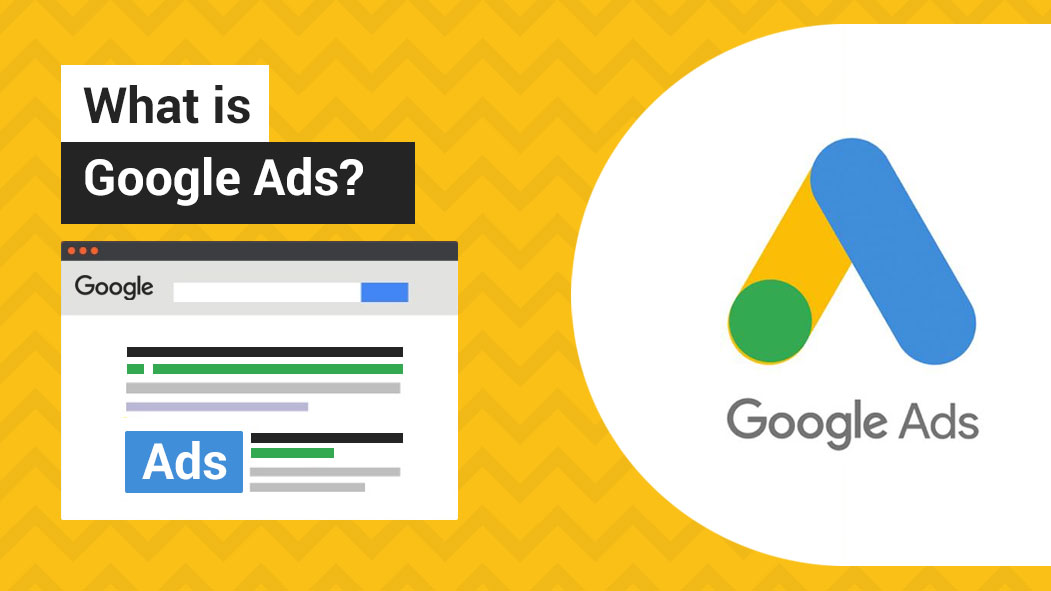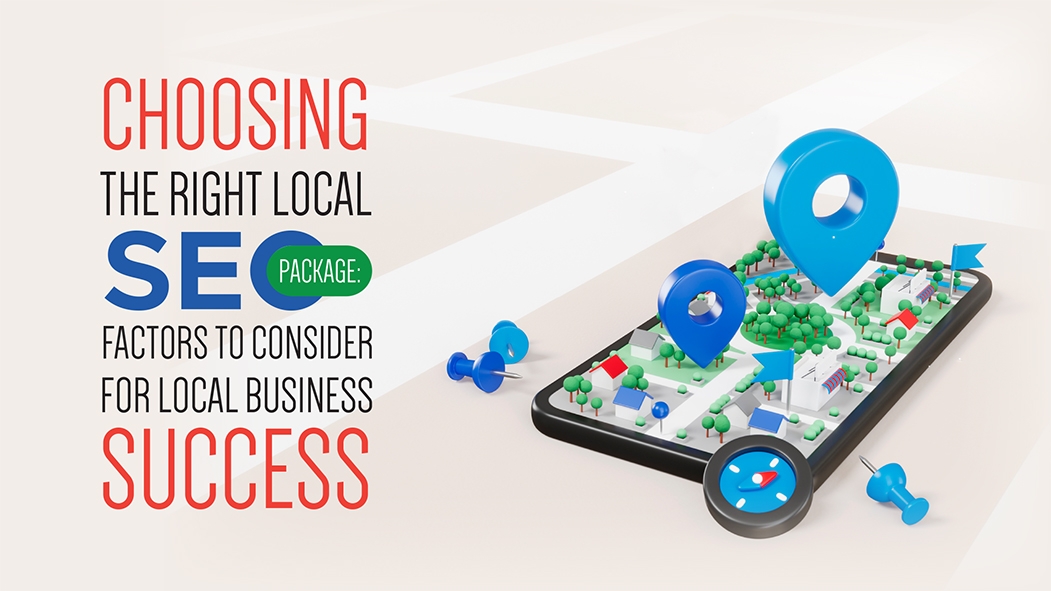November 10, 2022

Google Ads is a form of online advertising that allows advertisers to place ads on Google and its network of websites. It focuses on pay-per-click advertising , which means advertisers only pay when someone clicks on an ad – in other words, there are no upfront costs. Google handles all of the ad delivery – from creating, displaying, and measuring the ad, to charging advertisers when someone clicks on their ad.
This online advertising service run by Google uses a technology called “AdWords” that allows advertisers to place ads on Google and its network of websites. The idea behind AdWords is that you can promote your business to potential customers by conducting searches on Google with relevant keywords related to your business.
How Do Google Ads Work?
Any e-commerce company that is ready to learn how to market to Google's enormous user base based on search intent and a range of other targeting choices and placements might benefit from using the Google Ads platform. All you need to do is get in touch with our staff to have your products featured on the Google Ads platform. The rest will be handled by Webmantra(https://webmantra.net/) for you!
How Do Google Ads Work?
Google ads are the perfect, free way to increase your website traffic. If you don't know about PPC marketing, you'll be surprised by its effectiveness and ease of use. Google Ads uses an auction-based pricing system to set the amount you pay for a click on your ad. The more competitive the keyword, the higher you will have to bid in order to gain impressions. Your advert will show on Google search results pages and other websites throughout our network for related queries.
Here is a list of strategies Google Ads provides::
Cost-Per-Click (CPC)
The Cost-Per-Click, or CPC, is the cost of an individual click on a website. This includes clicks from both organic (non-paid) and paid advertising sources. This type of PPC service refers to the amount of money spent by ads or other transactions for each individual click on a website. This refers to not just ad views but any form of advertising that may occur on a website such as search engine marketing, banner adverts, and sponsored posts.
Cost-Per-Mille (CPM)
The Cost per Mille, or CPM, is the cost of an individual thousand impressions. Also known as Cost per Thousand Impressions, this is an advertising metric that refers to the amount of money spent by ads or other transactions for every thousand unique impressions. This provides a good metric when comparing website advertising costs between sites and campaigns.
Cost-Per-Engagement (CPE)
The Cost per Engagement is the cost of driving a user to an action on a website. This is usually measured in the form of a completed registration or an order being placed on an e-commerce site. You only pay when customers interact with your adverts when you employ this type of PPC marketing in your strategy.
Types of Google Ads
Search Ads
The straightforward, text-based adverts that display on SERPs are known as Google search ads. This form of PPC marketing advertisement is usually succinct and direct. They merely list the name of your company and a succinct description of your products.
Display Ads
To capture consumers' attention, display advertisements often combine text and graphics. They can be highly effective at marketing your company because they act as a core byproduct of the browsing experience. The fact that the website owner is compensated for each click or impression on the adverts is advantageous.
Video Ads
Keep in mind that YouTube is a search engine as well. Therefore, using the appropriate keywords will bring up a movie and briefly stop the user's current course of action in order to get their attention. Google Video Ads, as a part of PPC services, are connected to certain keywords much like other search advertisements.
Shopping Ads
Shopping campaigns appear on SERPs and feature extensive product information such as pricing and product images. Shopping Ads let you advertise specific goods and product groups rather than your business as a whole. With these, you will be able to advertise your best-selling products individually.
App Ad Campaigns
The purpose of app ads is to advertise an application. These advertisements are displayed on search engine pages including Play Store. App campaigns may emphasize encouraging app downloads, app interaction, or app pre-registration. For App campaigns, you don't need to build individual ads like you would for other Pay-per-click marketing campaigns on Google.
Local Campaigns
Google ads with images of your places can encourage users to contact or come by. If someone searches for nearby businesses on Google or Google Maps (for instance, "coffee near me"), they can come across local search advertisements that highlight the locations of your company.
Smart Campaign
Google advertising with smart campaigns is entirely automated. You only need to supply some preliminary information during the setup process because Google is the one who creates and manages these advertisements. These ads promote your company on partner websites, YouTube, Google Maps, and other platforms.
Performance Max
By employing Smart Bidding to optimize performance in real-time and across channels, Performance Max assists you in driving performance based on your defined conversion goals, resulting in more conversions and revenue. Such a form of Pay-per-click service assists in evaluating everything in one location, which can speed up the process of making strategic decisions.
Discovery Campaigns
When consumers are interested in learning more about new goods and services, discovery campaigns provide you the opportunity to tell your brand's story to them across Google's feeds. With such advertisements, you can effectively target your ideal customer with just one campaign.
Conclusion
Any e-commerce company that is ready to learn how to market to Google's enormous user base based on search intent and a range of other targeting choices and placements might benefit from using the Google Ads platform. All you need to do is get in touch with our staff to have your products featured on the Google Ads platform. The rest will be handled by Webmantra(https://webmantra.net/) for you!

 Academy
Academy






